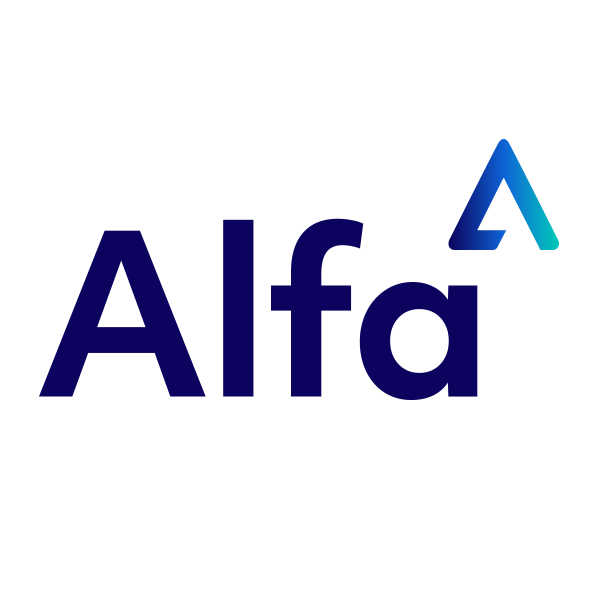
The once cut-throat business landscape is evolving, and business ecosystems are on the rise. Open APIs are facilitating unprecedented collaboration, enabling businesses to pool their resources and expertise to develop better solutions for end users. The opportunities for new innovations and functionalities are enormous.
“Companies have long looked at collaboration to increase value, but the idea of expanding such partnerships on a technical basis was enabled by the rise of the internet and linked technologies,” says Michael Mousdale, senior project manager at complete asset finance platform provider Alfa Solutions.
Instead of proprietary, standalone platforms, ecosystems enable discrete, modular applications to be seamlessly composed together for end-to-end solutions that go beyond what one provider could achieve alone.
Stronger together
When businesses share resources, they increase their chances of growth. Companies are taking note.
“[Ecosystems have] enabled large technology companies to grow and thrive, looking to expand their footprint further into the lives of their customers in a scalable and cost-effective way,” explains Mousdale. “Their success has prompted companies in other industries to mirror their approach.”
Working together means that fewer offering or point solutions need to be developed, duplication is avoided and development costs can be shared. A modular solution is also more flexible and more readily evolved than a proprietary standalone, since one component can be replaced at a time, meaning best-in-class options can be integrated as they become available. This flexibility is vital when it comes to tackling today’s challenges. For example, during the pandemic, companies were facing mass deferrals which required the ability to quickly scale. Faster innovations and continual growth spell benefits for consumers, and these benefits can be compounded, with scope to offer more granularity of services.
For example, in partnership with Alfa, SaaS subscription mobility platform Tomorrow’s Journey has made the transition to modular platform systems. This enabled them to respond to market demand for more control over data and the digital experience. Through enhanced collaboration, Tomorrow’s Journey was able to develop technology-enabled accounting models, asset management and reporting.
“[The auto and equipment finance industries] present huge opportunities for business ecosystems, especially given the complexity of both industries”, says Mousdale. “At all stages of the contract lifecycle there are potential touchpoints to drive profitability, reduce risk or provide the best customer experience.”
Building an ecosystem
Like biological ecosystems, business ecosystems can take many different forms, but digitalisation is as their core. Today, advanced technologies are enabling businesses to improve their entire model. For example, automation is reducing the burden on employees, freeing up time to seek out new value generation. Fintechs, including pioneers in AI and natural language processing, are offering new functionalities, which are raising consumer expectations across the board.
Open APIs are a powerful enabler of data sharing and the universal access central to ecosystem collaboration. Data can be shared between businesses and from connected assets to back-end servicing systems, empowering strategic decision-making. “For example, income and employment verification services are useful data points when underwriting a contract, but their potential application can stretch further; for example, to actively monitor the financial outlook for customers and promote any proactive remediation,” says Mousdale.
Companies building an ecosystem should consider which model is most appropriate.
- Symbiotic: The most common model, in which a technology platform provider serves as an orchestrator. A community of technology solutions follows rules set by a dominant platform provider.
- Marketplace: The marketplace operator orchestrates a single destination for many providers.
- Scaling: All participants act as competitive orchestrators.
- Accretive: Two or more entities assume a portion of the customer value proposition and do not compete.
- Co-opetive: Cooperative and competitive, systems are bolted together to increase customer value.
- Value chain: An orchestrator takes a naturally occurring group and creates an ecosystem in which customers receive better value.
- Integrator: A bespoke set of ecosystem participants create a fully integrated end-to-end system.
In any business ecosystem, the orchestrator is the uniting force, responsible for overseeing the network and its functionalities and ensuring the ecosystem is delivering what is intended. An orchestrator must act as a trusted advisor to customers, handling complex data sharing, technology selection and value metrics. Their task is to grow the platform by increasing ecosystem partners and user base, improve the platform by integrating best-in-class functionality and services, control the platform and maximise monetisation.
“Open, digital platforms like Alfa Systems are important because they enable external systems to influence the core business systematically,” says Mousdale. “The beauty of being an open platform is that the technical limitations on granularity and integration are somewhat removed, allowing the expansion of the ecosystem to really be driven by requirements of the business.”
To find out more about how business ecosystems can drive growth, download the whitepaper below.


